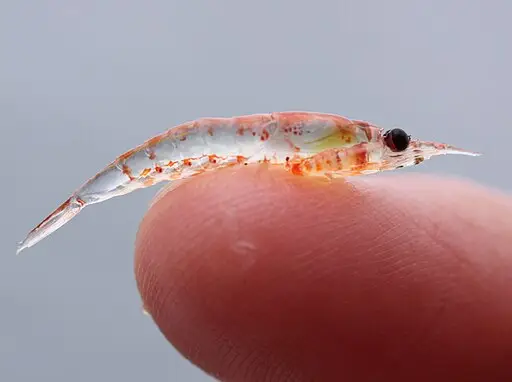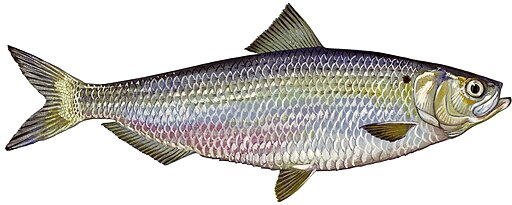The Problem: Fish do not make Omega-3 Oil.
The omega 3 oil in fish is made by ALGAE.
Evolution started 650 million years ago when bacteria teamed with photosynthetic algae. The leap in energy produced the first multicellular organisms. 66 million years ago, a giant meteor struck the Gulf of Mexico. The debris cloud blocked all sunlight for two years. The dinosaurs as well as all other life disappeared. However, the coccolith algae, which was capable of scavenging waste, kept the spark of life alive till the sky cleared two years later. There are millions of algae species today, from single cells to organized colonies. They are primitive and amazingly adaptable. Algae are found everywhere. If it rains over the Sahara algae will bloom.
Some algae make oxygen. Others consume oxygen; one of these is so good at consuming oxygen that it formed a dead zone the size of Texas off Saudi Arabia that has lasted fifty years. Some make toxins: cyanobacteria appear each August in the Charles River, creating a green slime, which, if consumed by your dog, can kill it. Some can digest oil slicks. And some make EPA and DHA omega-3 fatty acids (OM3) which are beneficial to the heart and brain.
Fish accumulate omega-3 oil from other sources. They can’t make it.
At present most OM3 algae grow in the Antarctic ocean and are eaten by plankton which spread on the deepwater current feeding grounds around the world. The plankton are eaten by fingerlings, which are eaten by larger fish, and the omega-3 fatty acid oil accumulates up the food chain.

Plankton: The Base of the food Chain (Wikicommons)
The same species of algae can be grown in vats and the omega-3 harvested directly. This avoids the negatives of “natural” fish sources.
Negatives:
Ocean fish as an Omega-3 (OM3 ) source concentrate OM3 but also mercury and other heavy metals, PCB’s, microplastics, and other pollutants.
Ocean sourced OM3 has created overfishing. The food chain has been disrupted from the bottom and the apex fish — the predators and the great sport fish — are disappearing. The Canadians collapsed their Cod fishery 30 years ago and it has yet to restore itself.
Overfishing creates political and military conflict. Chinese floating fish factories are intercepted all over the world for violating the 200-mile territorial boundaries agreed.
Fish that are perfectly good for human consumption, such as the Peruvian anchoveta, are caught and ground up to produce fish oil and fish meal. This in a country where food insecurity affects 20% of the population.
Fish Farms: Fish meal is fed to salmon on fish farms. The density of fish in the pens, plus the impurities in the fishmeal, creates a heavily polluted environment, which makes the fish subject to disease, and further concentrates the contaminants.
While fish oil can be sanitized, all the ingredients in vat-grown (algal) OM3’s are pure from the start.
Algae-based: Switching to algae-based OM3’s improves the aquatic food chain and recovery of fisheries, conservation of predator species, and more fish available for human consumption.
There are multiple disadvantages to grinding up fish for their oil and it is a practice that needs to end.
One caution: Rancidity. Algae-based OM3’s can go rancid the same as fish-based products. A study in The Journal of Dietary Supplements demonstrated the majority of OM3 products were mild to moderately rancid while still on the pharmacy shelves. The capsule that hides the fishy taste of the OM3 oil also hide its decay.
Choose small fish
When using fish-based supplements, small fish – sardines and anchovies– are the best bet. When fish has gone rancid, it is easy to detect. Larger fish – salmon, swordfish concentrate pollutants and heavy metals – there is even case report of a 90 year old who ate swordfish 2-3 time weekly whose dementia was reversed by chelation removing the mercury from his body.
Encapsulated fish oil is the preference of most consumers. You should inspect the “use-by” dates on the bottles and follow them. You should refrigerate your purchases just as you would any other spoilable product.
Written by Dr James E. Katz, MD, MPH

